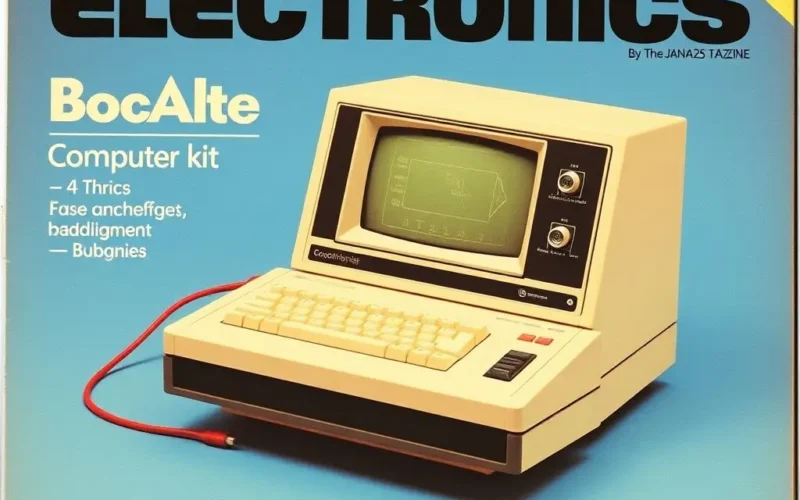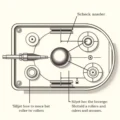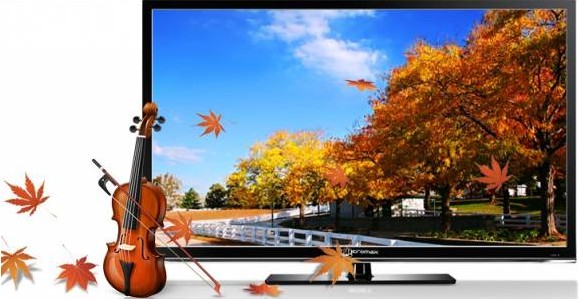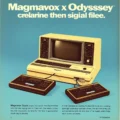When you picture the first home computer sitting on someone’s desk, what springs to mind? Perhaps a bulky beige monitor, a clacky keyboard, maybe an Apple II or an early IBM machine? Forget that image for a moment. The true genesis of personal computing looked radically different. It was a box of switches and blinking lights, born not from a sleek corporate lab, but from the pages of a hobbyist magazine.
Meet the Altair 8800.
Released to an unsuspecting world (or at least, the world of electronics enthusiasts) in January 1975, the Altair 8800 wasn’t a polished, ready-to-use consumer product. Far from it. It was marketed by a small company called MITS (Micro Instrumentation and Telemetry Systems) as a kit, primarily through the highly popular Popular Electronics magazine.
For many, the Altair 8800 represents the true starting gun for the personal computer revolution. It wasn’t the first machine to use a microprocessor, but it was arguably the first affordable, general-purpose computer aimed at individuals rather than large institutions.
Want a quick visual byte of this history? Check out this short:
Table of Contents
A Star is Born: The Birth of the Altair
MITS, based in Albuquerque, New Mexico, was initially known for electronic calculators. When the calculator market tanked in the early 1970s, company president Ed Roberts needed a new product to survive. Inspired by the new, low-cost microprocessors becoming available, particularly Intel’s 8080 chip, Roberts envisioned a computer kit for hobbyists.
The goal was modest: sell a few hundred kits to break even. The price point was key – just $397 for the kit version, making it accessible to enthusiasts who couldn’t afford traditional minicomputers costing thousands of dollars. The gamble paid off spectacularly.

Under the Hood: Switches, Lights, and the Mighty 8080
At the heart of the Altair 8800 was the Intel 8080 microprocessor, a significant step up from earlier chips like the 8008. This chip, along with basic memory (initially just 256 bytes, expandable via expansion slots), was the core of the machine.
But how did you actually use it? This is where the Altair differed most starkly from modern computers. The base model lacked a keyboard, monitor, or any standard input/output devices. Interaction happened entirely through the front panel.
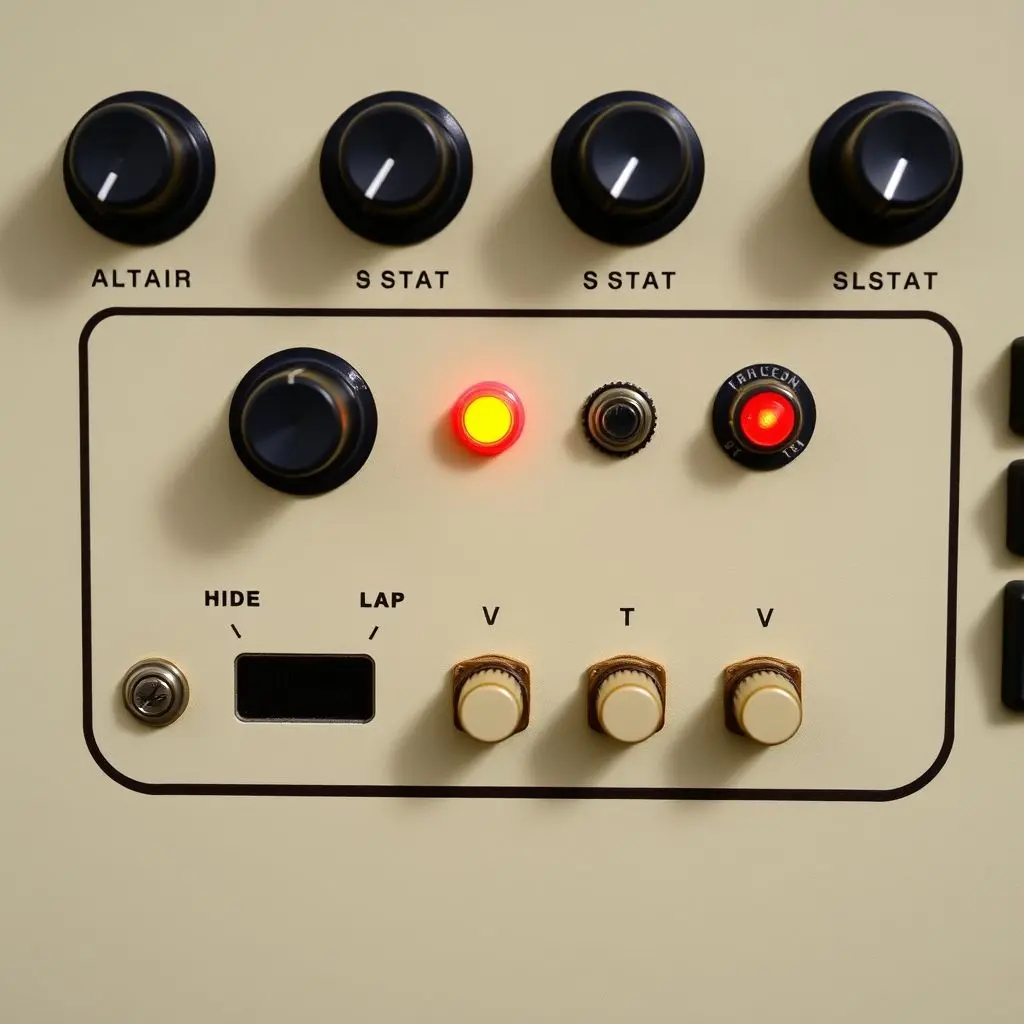
The front panel featured rows of toggle switches and a series of red LED lights. To input a program, you had to manually enter binary instructions byte by byte using the switches – setting them up or down for 1s and 0s, then hitting a deposit switch. The lights would indicate the address, data, and state of the machine. It was a painstakingly slow and laborious process, far removed from typing on a keyboard.
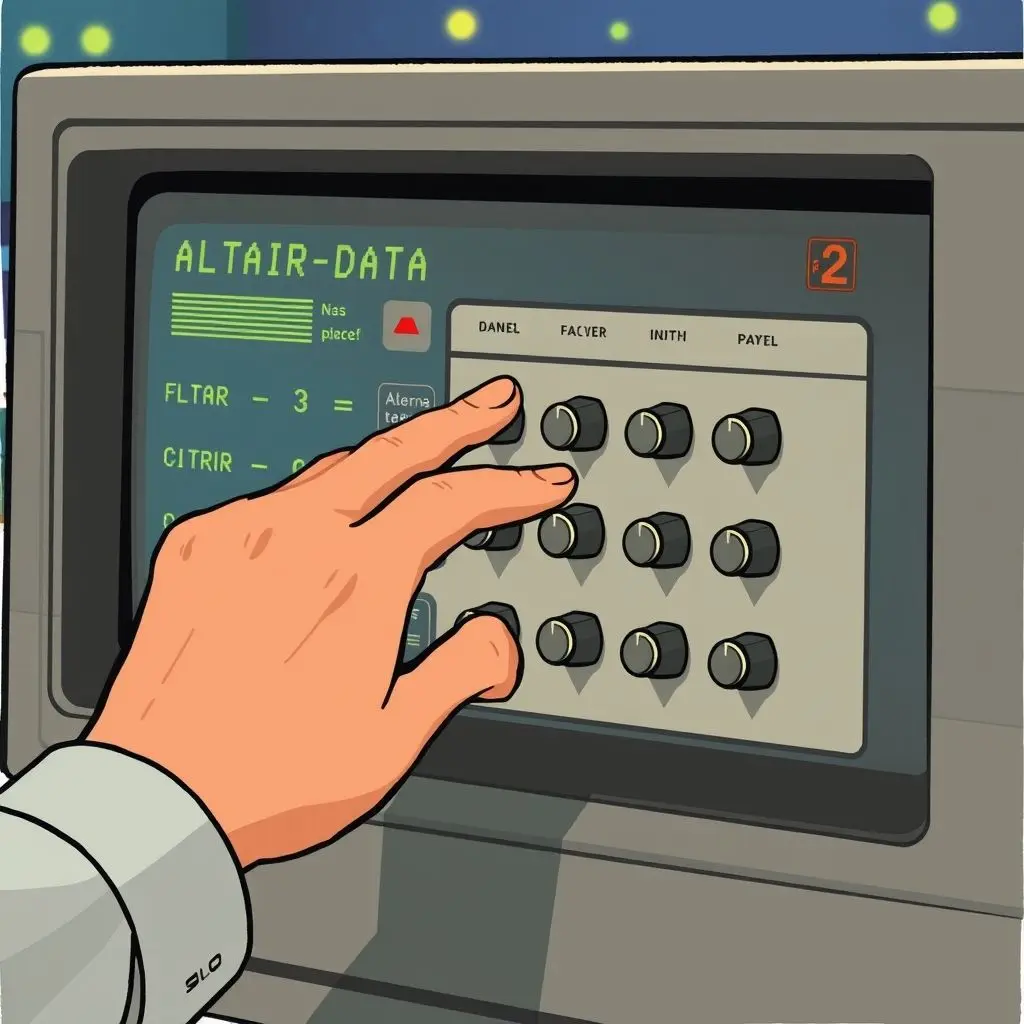
Building the kit itself required soldering skills and patience. Components were soldered onto circuit boards, wires connected, and the whole thing assembled into a case. It was a project for serious electronics enthusiasts, not for the casual user.
The Accidental Revolution: Impact of the Altair 8800
MITS expected to sell maybe a few hundred units. They were overwhelmed. Orders flooded in, reaching thousands within months. The demand was far higher than anyone anticipated, proving there was a massive, untapped market for personal computing devices, even in this raw, kit form.
The Altair 8800 quickly fostered a community. Hobbyist clubs like the famous Homebrew Computer Club in Silicon Valley sprung up, where enthusiasts shared ideas, built peripherals, and figured out how to make these machines do more. This collaborative environment was crucial for the early growth of the personal computer world.
The Birth of Software: Altair BASIC
A machine is limited without software. Recognizing this, a young Bill Gates and Paul Allen saw the Altair 8800 as an opportunity. Working tirelessly (and famously using a simulator because they didn’t have an Altair yet), they developed a BASIC interpreter for the machine.
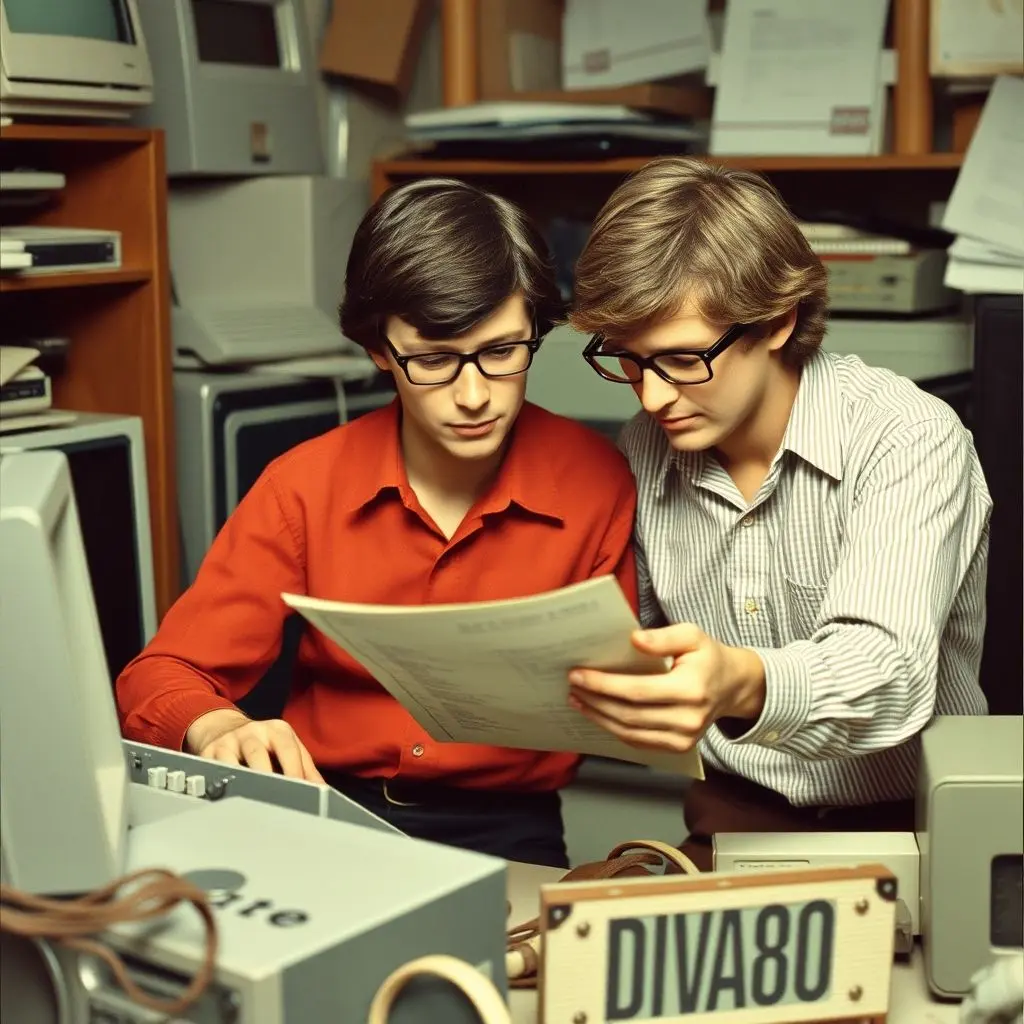
This software, known as Altair BASIC, was a crucial step. It allowed users to program the Altair using a higher-level language (BASIC) rather than just binary code via switches. While initially distributed on paper tape and facing challenges like piracy, Altair BASIC was a foundational piece of software that helped make the machine significantly more usable and demonstrated the potential for software development on personal machines. This work directly led to Gates and Allen forming Micro-Soft (later Microsoft).
More Than a Kit: A Catalyst
The Altair 8800, in its raw, unpolished glory, was a catalyst. It proved that individuals wanted their own computer, not just a terminal connected to a distant, expensive mainframe. It wasn’t about corporate power; it was about personal empowerment through technology.
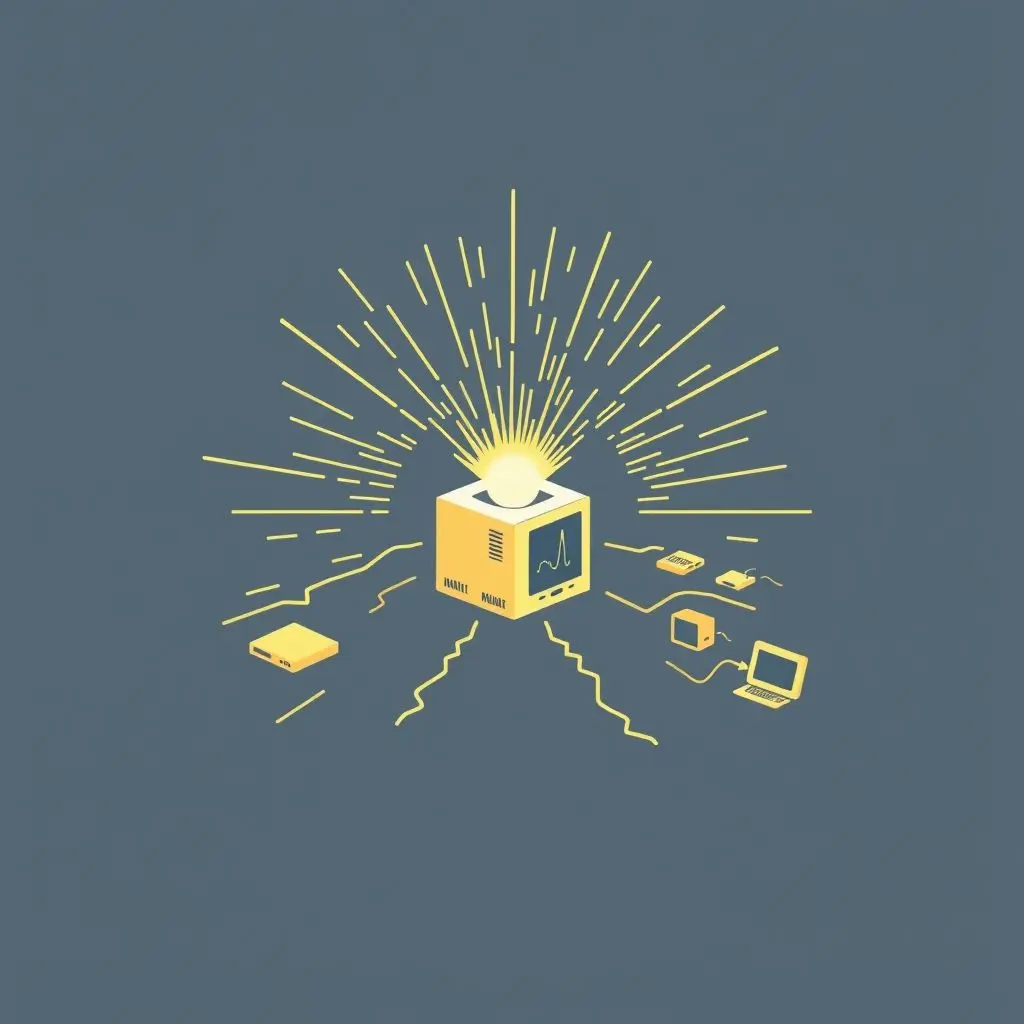
Its success spurred other companies to enter the nascent microcomputer market. Machines like the Apple I and II, Commodore PET, and Tandy TRS-80 followed, building upon the path the Altair had blazed. The ecosystem of hardware manufacturers, software developers, and enthusiastic users exploded.
Looking Back: The Altair’s Enduring Legacy
The Altair 8800 was far from perfect. It was difficult to build, challenging to program, and required significant technical know-how. Yet, its importance cannot be overstated. It was the machine that captured the imagination of a generation of hobbyists and entrepreneurs, demonstrating the viability of a personal computer market.
It was the digital seed, clunky and raw, that began to grow into the silicon landscape we inhabit today. From those flickering lights and flipped switches, a dream took flight, one that guided us into the age of personal computing.
Frequently Asked Questions About the Altair 8800
Q: Was the Altair 8800 *really* the first home computer?
A: This is a bit of a debate depending on your definition. Some earlier machines like the Kenbak-1 (1971) existed, but they were expensive, limited, and didn’t have the market impact or use a microprocessor in the same way. The Altair 8800 is widely considered the first *successful* personal computer that sparked the industry we know today.
Q: Could you actually do anything practical with the base Altair kit?
A: Initially, very little beyond simple programs entered via switches and observing the lights. It was primarily a learning tool. Its utility increased significantly with the addition of memory, I/O boards (for connecting terminals, paper tape readers, etc.), and software like Altair BASIC.
Q: What happened to MITS?
A: MITS was eventually acquired by Pertec Computer Corporation in 1977. Ed Roberts left the company shortly after. While the Altair was a pioneering product, MITS struggled to transition from a kit company to a mass-market computer manufacturer as competition rapidly increased.
Q: How much did the Altair 8800 cost?
A: The basic kit cost $397 in 1975, which is roughly equivalent to over $2,000 today when adjusted for inflation. A fully assembled version was available for $498.
Q: Were there other early computers like the Altair?
A: Yes, the Altair inspired many others in the mid-to-late 1970s, including the IMSAI 8080 (a direct competitor), the Cromemco Z-1, the Apple I, Commodore PET, and the TRS-80. This era is often called the "first generation" of personal computers.
